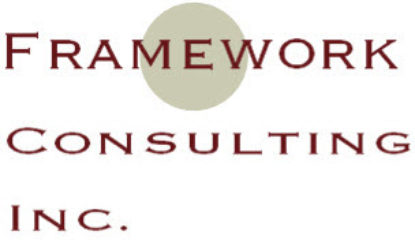Donald Trump’s return to office has created an unprecedented distraction for CEOs. The daily whirlwind of headlines isn’t just noise—it brings real threats to businesses. So, how do you rise above the chaos and stay focused?
Many leaders thought COVID-19 was the biggest disruption of their careers. The world froze, and recovery took years.
But today, the relentless shocks coming from the U.S. make the pandemic seem mild in comparison. This is disruption on another level.
Some executives have responded by diving headfirst into crisis mode. They react to every shock, chasing after short-term fixes. Running on adrenaline, they believe sheer effort will get them through.
But a few leaders have realized that constantly playing firefighter isn’t just exhausting—it’s dangerous.
The Braddock Trap
History provides a warning: General Edward Braddock’s misstep at the Battle of the Monongahela (1755). When French and Native forces ambushed his troops, he abandoned his command post and charged into battle. He was shot and killed, leaving his soldiers leaderless. The British suffered heavy losses, and the war dragged on.
How can you avoid making the same mistake with your company?
Recognizing the Real Threat
Fortunately, you aren’t facing bullets. But your business does face existential risks—competition, regulation, new technology, and shifting customer expectations.
If you fail to lead, the consequences are real: layoffs, lost market share, declining shareholder value. Even your personal legacy is at stake.
But leadership doesn’t mean rushing into the fray. When you lose sight of the big picture, you abandon your role as a strategic leader. Instead, you need to fight your instinct to react impulsively and take a step back. Will you?
The solution lies in skills you likely didn’t master in school: foresight, strategy, and discipline.
You weren’t promoted for these skills, but today, they are essential. Admitting you need to strengthen them is the first step.
Set a Long-Term Course
History is full of companies that focused too much on short-term fires—only to collapse later.
Jack Welch’s tenure at General Electric set up his successor for failure, wiping out billions in value. Boeing’s leadership sacrificed safety, leading to catastrophic failures. Wells Fargo’s obsession with sales numbers fueled massive fraud.
Short-term goals are fine, but without a long-term vision, they can be disastrous.
Disruptions like Trump 2.0 push leaders into short-term thinking. Here are two common responses:
- Hit Pause on Strategy. Some leaders believe it’s impossible to plan for the future right now. They assume once things settle, they’ll return to long-term thinking.This logic is gaining traction in boardrooms. Executives point to COVID-19 as “proof” that focusing on immediate concerns is the right call.But what if Trump’s first month back is just the beginning of four years of upheaval?
- Use Disruption to Strengthen Long-Term Vision.Consider Nintendo. In the 1960s, declining playing card sales forced a shift. Instead of panicking, the company embraced change—experimenting with toys, arcade games, and eventually launching the NES in 1985. That move revitalized the gaming industry and transformed Nintendo into a global powerhouse.The lesson? Disruption can fuel reinvention.
The challenge isn’t choosing a destination. The real difficulty is getting stakeholders to commit to a 15- to 30-year vision—while chaos rages around them.
True leaders use today’s turbulence to build tomorrow’s success.
Learning from History
Take the collapse of the West Indies Federation in 1961. It was a devastating setback for regional unity. But instead of giving up, Jamaica channeled the disruption into its independence movement. Self-determination didn’t die—it just took a new path.
Most leaders, in both government and business, lack the skills to avoid the Braddock trap.
Be different. Warren Buffett put it best: “Be fearful when others are greedy, and be greedy when others are fearful.”
Now is the time to resist knee-jerk leadership. Step back, set a long-term course, and let today’s chaos propel you toward a future worth building.







